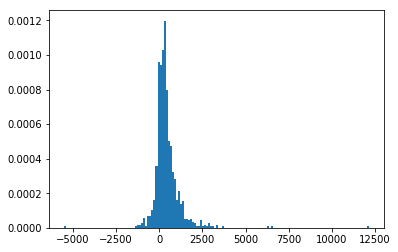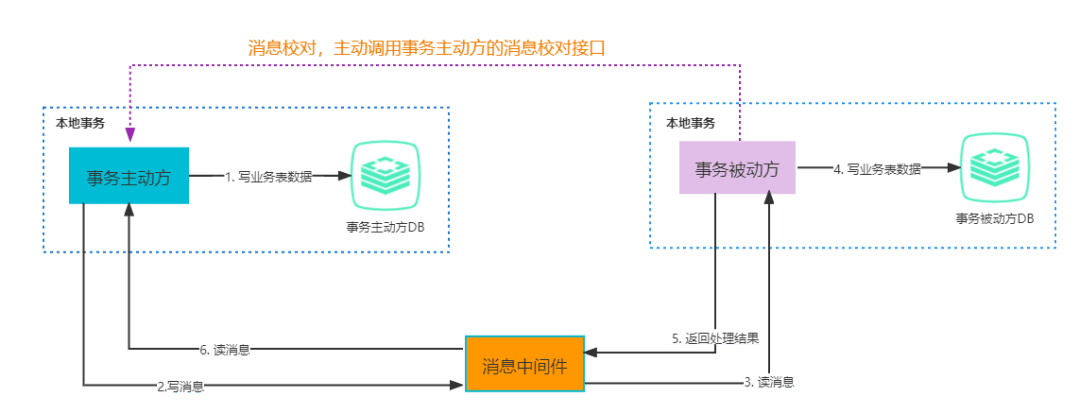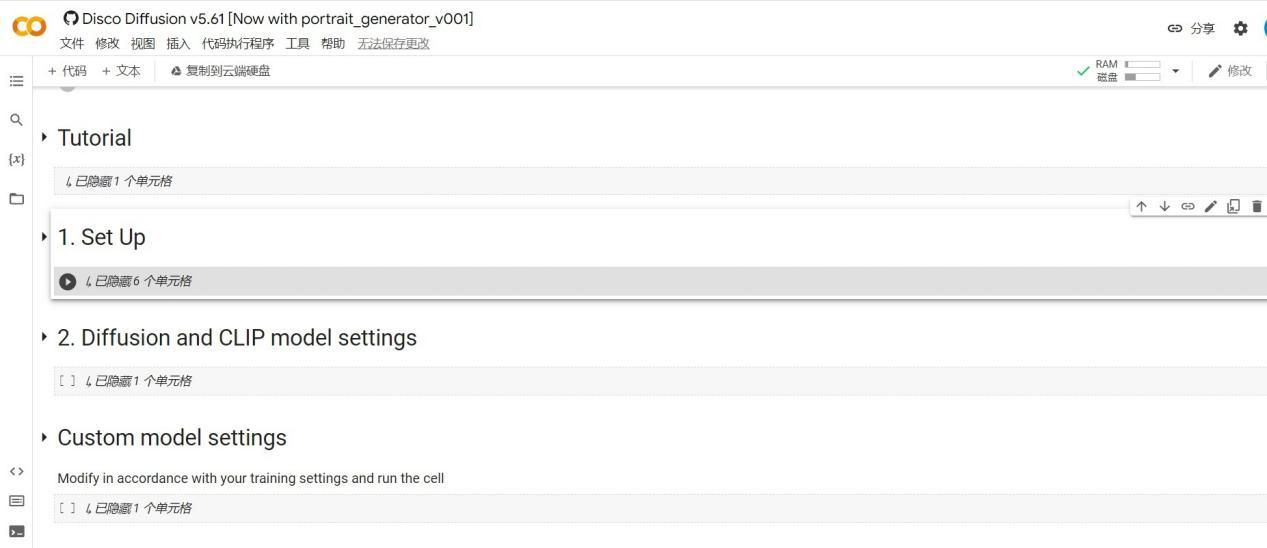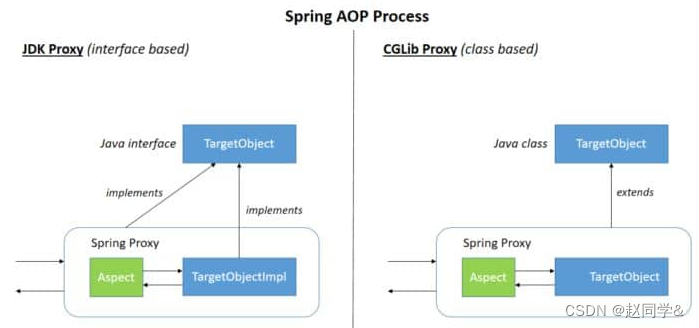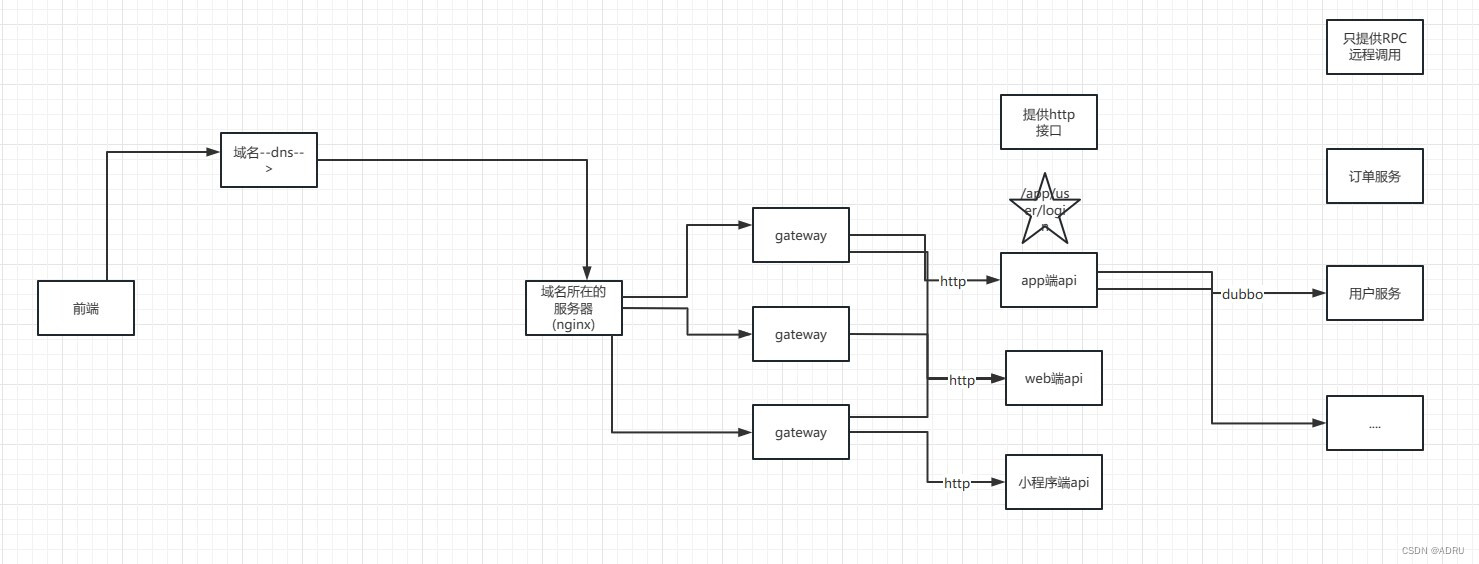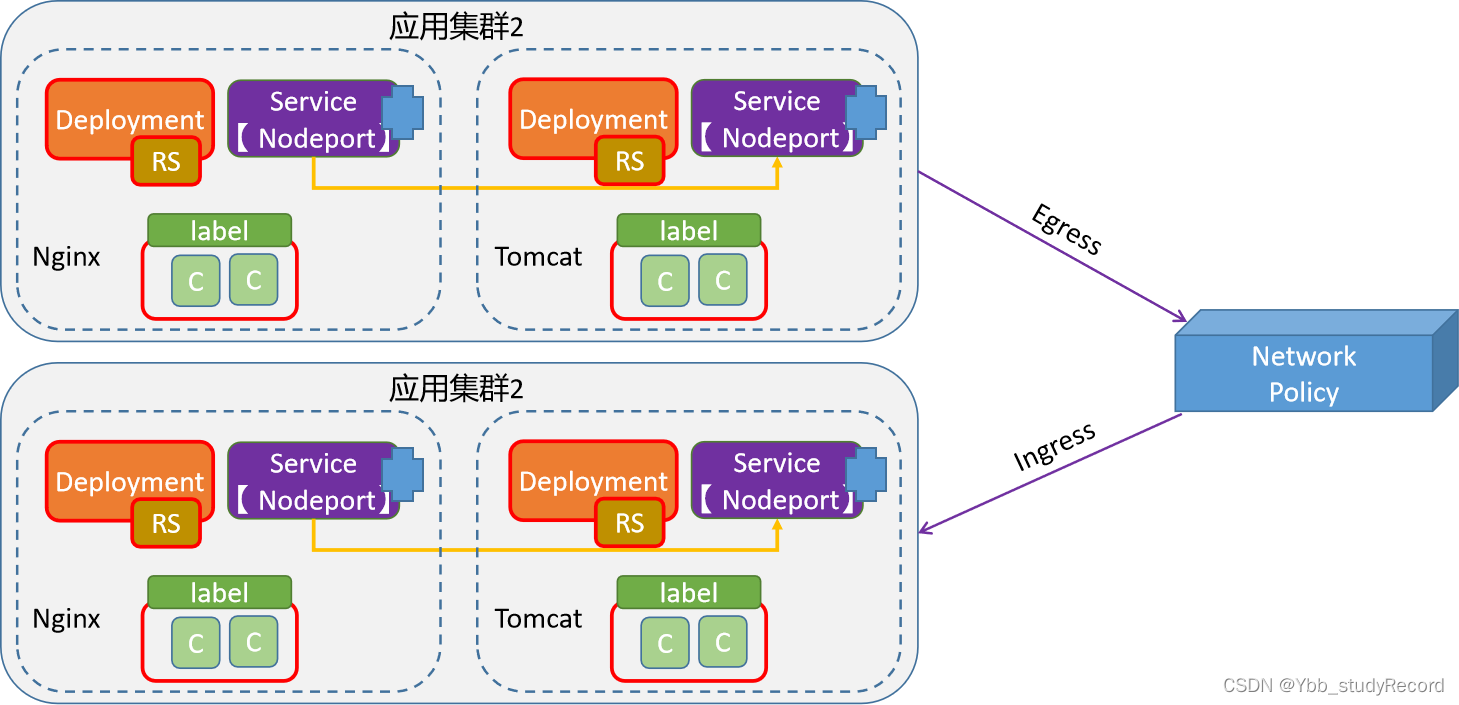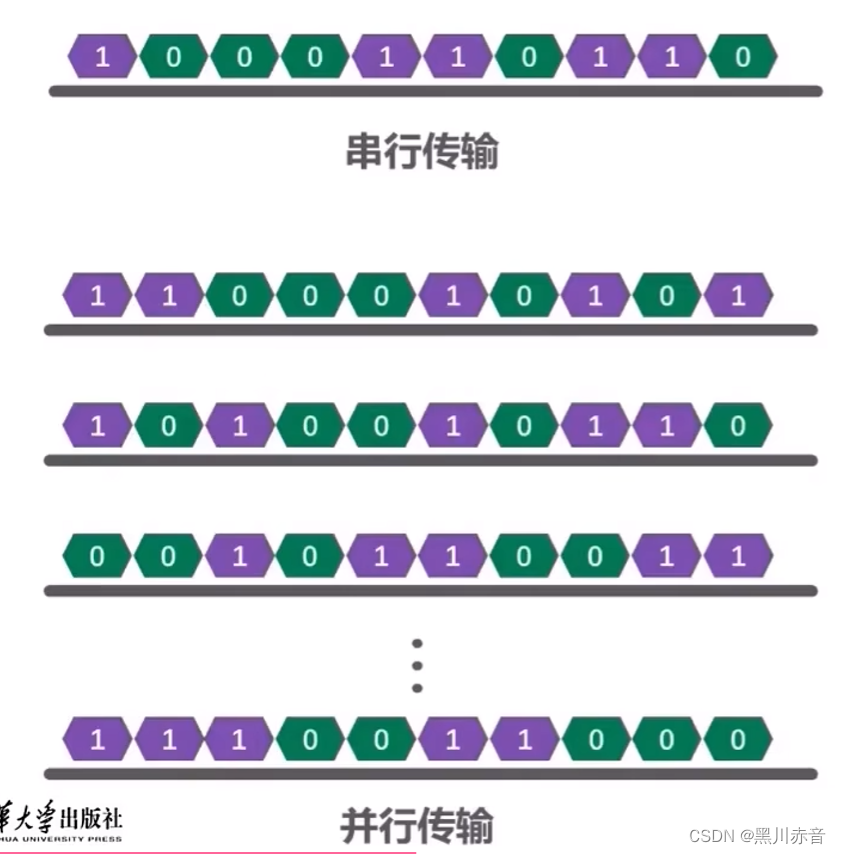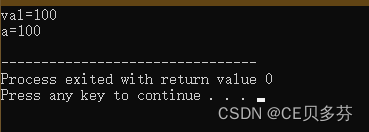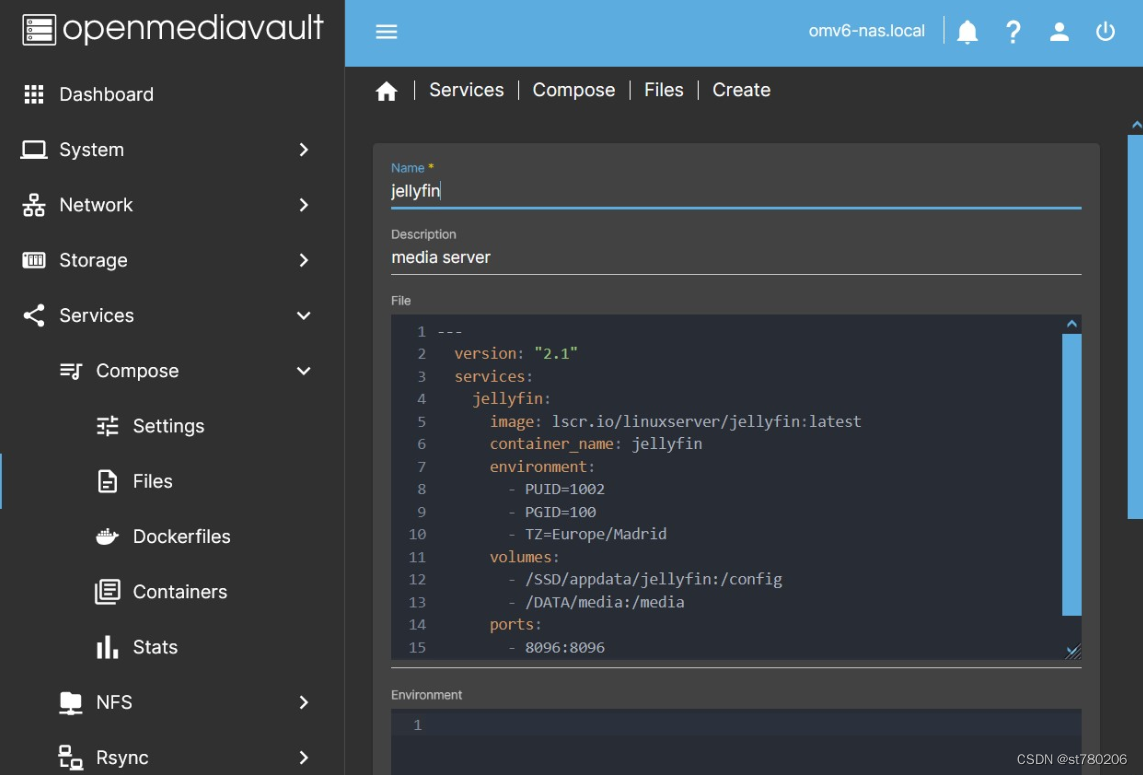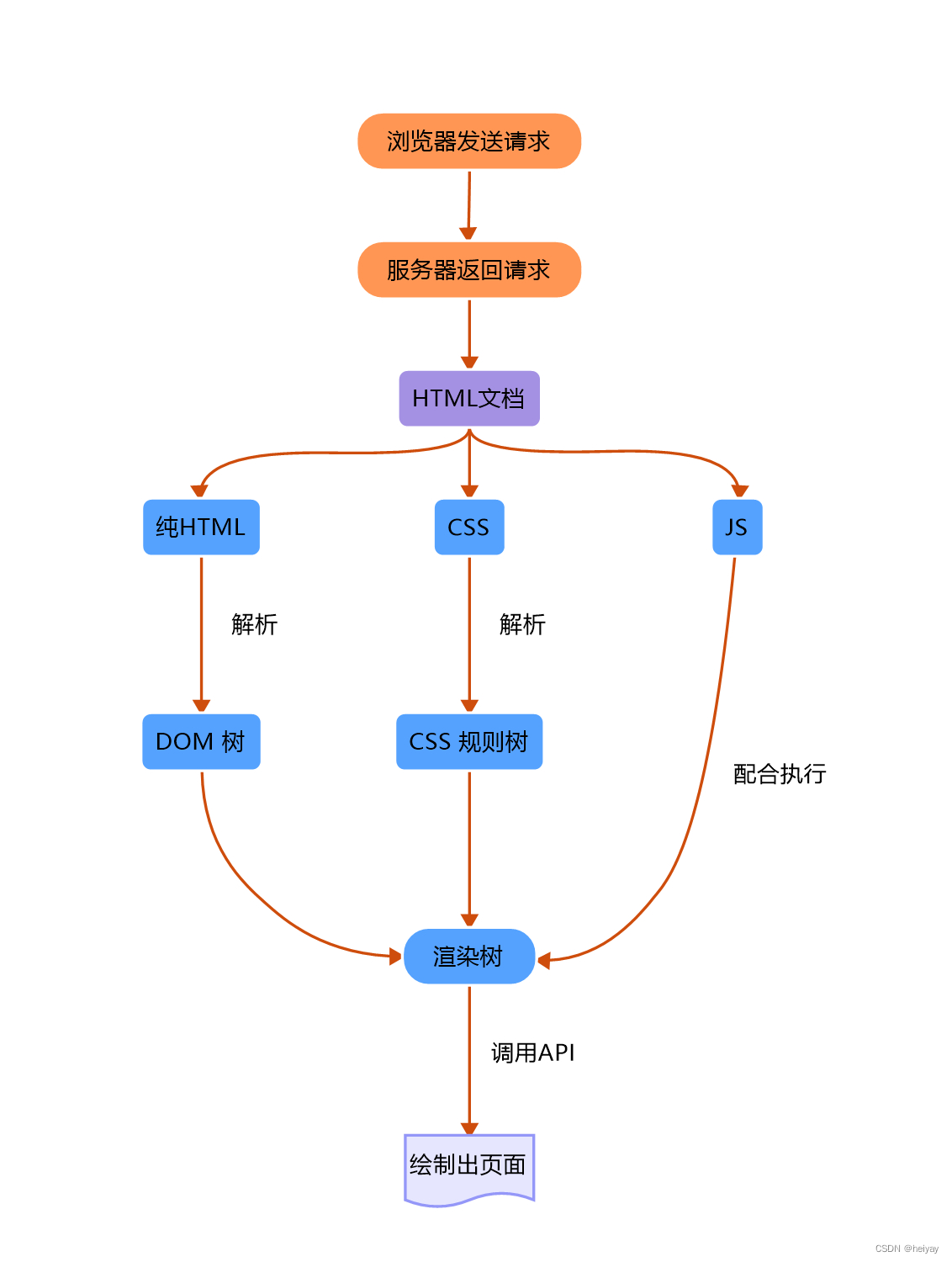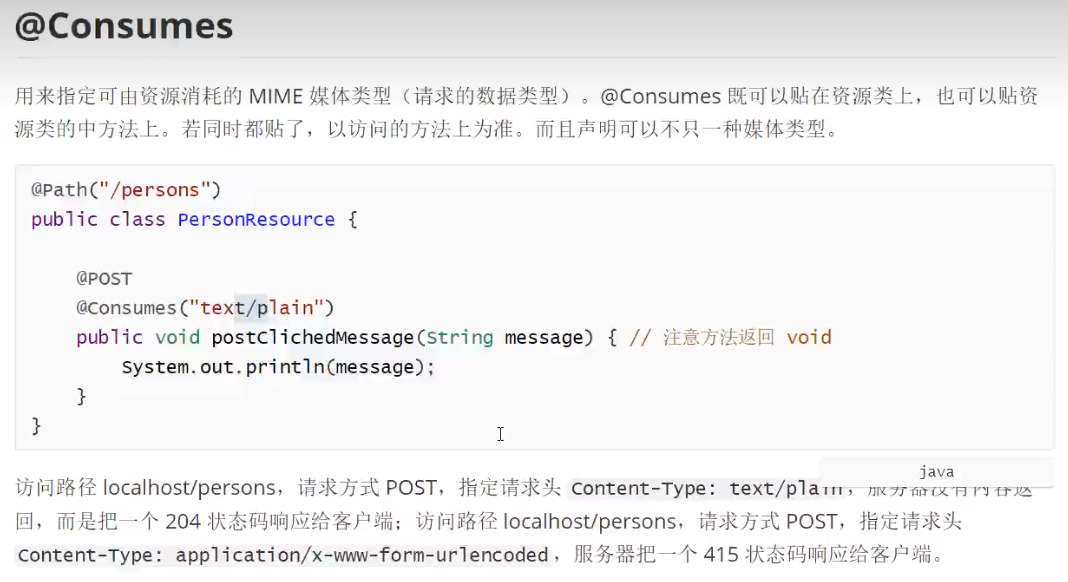回归预测 | MATLAB实现BES-LSSVM秃鹰算法优化最小二乘支持向量机多输入单输出
目录
- 回归预测 | MATLAB实现BES-LSSVM秃鹰算法优化最小二乘支持向量机多输入单输出
- 预测效果
- 基本介绍
- 程序设计
- 参考资料
预测效果








基本介绍
MATLAB实现BES-LSSVM秃鹰算法优化最小二乘支持向量机多输入单输出。
MATLAB实现BES-LSSVM秃鹰算法优化最小二乘支持向量机多输入单输出
1.为数据集,输入6个特征,输出一个变量。
2.main.m为主程序主文件,其余为函数文件无需运行。
3.命令窗口输出MAE、MSE、R2、RMSEP和RPD,可在下载区获取数据和程序内容。
4.秃鹰算法优化最小二乘支持向量机,优化RBF 核函数gam和sig。
注意程序和数据放在一个文件夹,运行环境为Matlab2018及以上.
程序设计
- 完整程序和数据下载方式1(资源处直接下载):MATLAB实现BES-LSSVM秃鹰算法优化最小二乘支持向量机多输入单输出
- 完整程序和数据下载方式2(订阅《智能学习》专栏,同时获取《智能学习》专栏收录程序4份,数据订阅后私信我获取):MATLAB实现BES-LSSVM秃鹰算法优化最小二乘支持向量机多输入单输出
function [BestSol Convergence_curve timep]=BES(nPop,MaxIt,low,high,dim,fobj)
%nPop: size of population
%MaxIt:number of iterations
%low, high : space of Decision variables
%dim : number of Decision variables
%fobj : funcation
% paper citation : Alsattar, H. A., Zaidan, A. A., & Zaidan, B. B. (2020). Novel meta-heuristic bald eagle search optimisation algorithm. Artificial Intelligence Review, 53(3), 2237-2264.?
st=cputime;
% Initialize Best Solution
BestSol.cost = inf;
for i=1:nPop
pop.pos(i,:) = low+(high-low).*rand(1,dim);
pop.cost(i)=fobj(pop.pos(i,:));
if pop.cost(i) < BestSol.cost
BestSol.pos = pop.pos(i,:);
BestSol.cost = pop.cost(i);
end
end
disp(num2str([0 BestSol.cost]))
for t=1:MaxIt
%% 1- select_space
[pop BestSol s1(t)]=select_space(fobj,pop,nPop,BestSol,low,high,dim);
%% 2- search in space
[pop BestSol s2(t)]=search_space(fobj,pop,BestSol,nPop,low,high);
%% 3- swoop
[pop BestSol s3(t)]=swoop(fobj,pop,BestSol,nPop,low,high);
Convergence_curve(t)=BestSol.cost;
disp(num2str([t BestSol.cost]))
ed=cputime;
timep=ed-st;
end
function [pop BestSol s1]=select_space(fobj,pop,npop,BestSol,low,high,dim)
Mean=mean(pop.pos);
% Empty Structure for Individuals
empty_individual.pos = [];
empty_individual.cost = [];
lm= 2;
s1=0;
for i=1:npop
newsol=empty_individual;
newsol.pos= BestSol.pos+ lm*rand(1,dim).*(Mean - pop.pos(i,:));
newsol.pos = max(newsol.pos, low);
newsol.pos = min(newsol.pos, high);
newsol.cost=fobj(newsol.pos);
if newsol.cost<pop.cost(i)
pop.pos(i,:) = newsol.pos;
pop.cost(i)= newsol.cost;
s1=s1+1;
if pop.cost(i) < BestSol.cost
BestSol.pos= pop.pos(i,:);
BestSol.cost=pop.cost(i);
end
end
end
function [pop best s1]=search_space(fobj,pop,best,npop,low,high)
Mean=mean(pop.pos);
a=10;
R=1.5;
% Empty Structure for Individuals
empty_individual.pos = [];
empty_individual.cost = [];
s1=0;
for i=1:npop-1
A=randperm(npop);
pop.pos=pop.pos(A,:);
pop.cost=pop.cost(A);
[x y]=polr(a,R,npop);
newsol=empty_individual;
Step = pop.pos(i,:) - pop.pos(i+1,:);
Step1=pop.pos(i,:)-Mean;
newsol.pos = pop.pos(i,:) +y(i)*Step+x(i)*Step1;
newsol.pos = max(newsol.pos, low);
newsol.pos = min(newsol.pos, high);
newsol.cost=fobj(newsol.pos);
if newsol.cost<pop.cost(i)
pop.pos(i,:) = newsol.pos;
pop.cost(i)= newsol.cost;
s1=s1+1;
if pop.cost(i) < best.cost
best.pos= pop.pos(i,:);
best.cost=pop.cost(i);
end
end
end
function [pop best s1]=swoop(fobj,pop,best,npop,low,high)
Mean=mean(pop.pos);
a=10;
R=1.5;
% Empty Structure for Individuals
empty_individual.pos = [];
empty_individual.cost = [];
s1=0;
for i=1:npop
A=randperm(npop);
pop.pos=pop.pos(A,:);
pop.cost=pop.cost(A);
[x y]=swoo_p(a,R,npop);
newsol=empty_individual;
Step = pop.pos(i,:) - 2*Mean;
Step1= pop.pos(i,:)-2*best.pos;
newsol.pos = rand(1,length(Mean)).*best.pos+x(i)*Step+y(i)*Step1;
newsol.pos = max(newsol.pos, low);
newsol.pos = min(newsol.pos, high);
newsol.cost=fobj(newsol.pos);
if newsol.cost<pop.cost(i)
pop.pos(i,:) = newsol.pos;
pop.cost(i)= newsol.cost;
s1=s1+1;
if pop.cost(i) < best.cost
best.pos= pop.pos(i,:);
best.cost=pop.cost(i);
end
end
end
function [xR yR]=swoo_p(a,R,N)
th = a*pi*exp(rand(N,1));
r =th; %R*rand(N,1);
xR = r.*sinh(th);
yR = r.*cosh(th);
xR=xR/max(abs(xR));
yR=yR/max(abs(yR));
function [xR yR]=polr(a,R,N)
%// Set parameters
th = a*pi*rand(N,1);
r =th+R*rand(N,1);
xR = r.*sin(th);
yR = r.*cos(th);
xR=xR/max(abs(xR));
yR=yR/max(abs(yR));
参考资料
[1] https://blog.csdn.net/article/details/126072792?spm=1001.2014.3001.5502
[2] https://blog.csdn.net/article/details/126044265?spm=1001.2014.3001.5502
